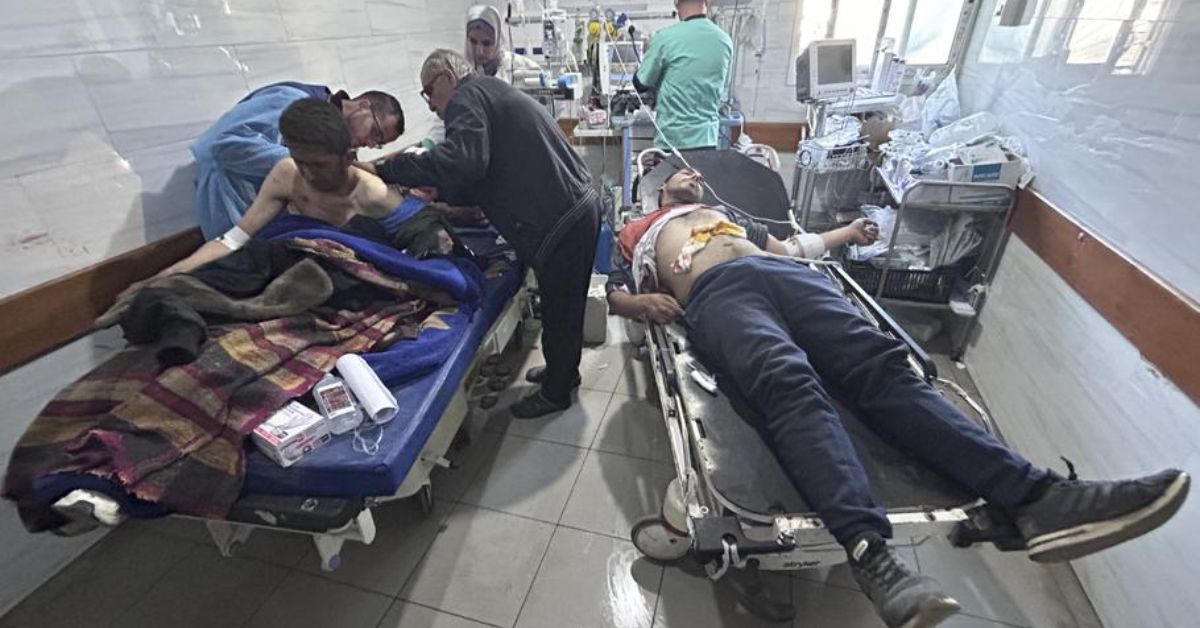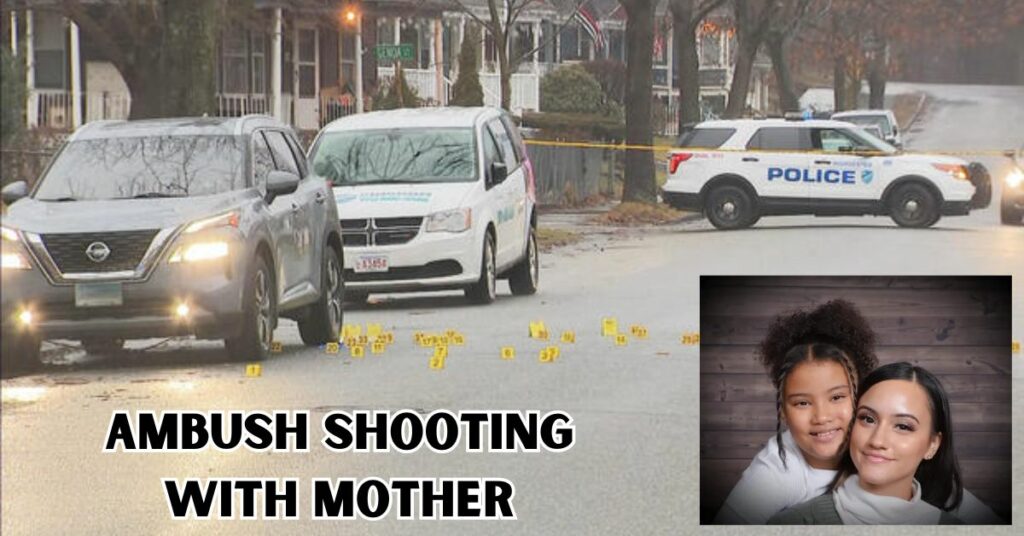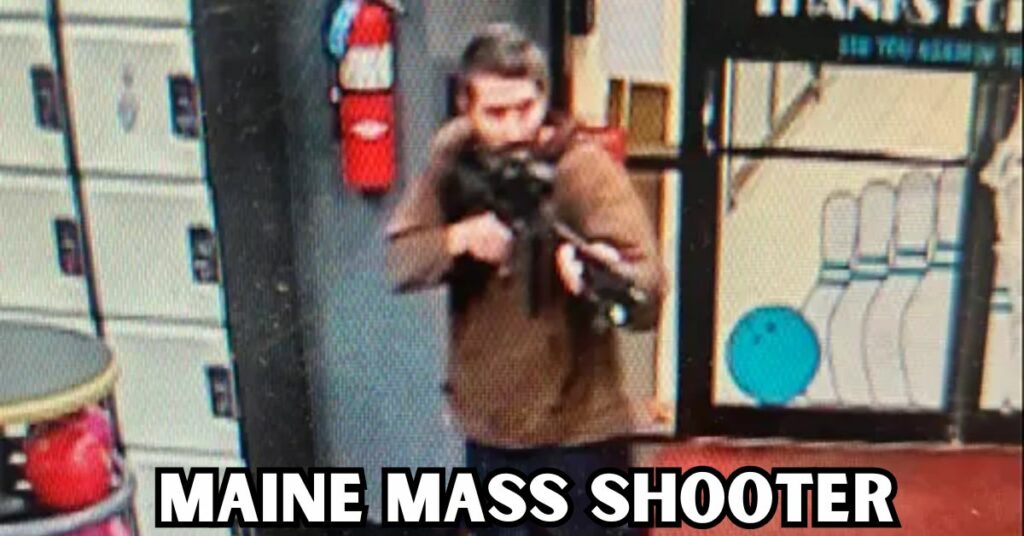More than 80% of the wounded were hit by gunfire, according to the head of a Gaza City hospital that treated some of those wounded in the mayhem around an aid convoy. This suggests that Israeli troops had engaged in heavy shooting.
On Thursday, witnesses reported that Israeli troops opened fire as large crowds rushed to seize assistance supplies from a convoy, resulting in the deaths of at least 112 Palestinians and injuries to more than 750 others, according to health officials.
Israel said that several of the victims were crushed in a stampede caused by the mayhem, and that its soldiers opened fire on those they perceived as posing a threat as they approached them. The Associated Press was informed by Dr. Mohammed Salha, the acting director of Al-Awda Hospital, that 142 of the 176 wounded patients admitted to the hospital had sustained gunshot wounds.
Stampede injuries were visible on the other thirty-four. He was unable to determine the exact cause of death since the victims’ remains were sent to government-run morgues for identification purposes. Concerning the deceased and those injured, officials from the other hospitals could not be immediately contacted.
The UN estimates that 25% of the 2.3 million Palestinians living in Gaza are at risk of famine, and the violence highlighted how the effort to provide relief has been thwarted by the anarchy surrounding Israel’s nearly 5-month-old offensive.

It has become nearly impossible to deliver supplies in most of Gaza due to the difficulty of coordinating with the Israeli military, ongoing hostilities, and the breakdown of public order. The UN and other aid groups have been pleading for safe corridors for aid convoys, citing the desperate crowds that overwhelm them.
Despite being isolated and mostly leveled since Israeli troops launched their military offensive there in late October, UN officials claim that hunger is much acute in the north, where several hundred thousand Palestinians remain. Due to security concerns and military restrictions, UN organizations had not sent aid to the north for over a month.
However, earlier this week, various deliveries were sent to the area. The UN was not involved in organizing Thursday’s convoy. Instead, the Israeli military seemed to be keeping tabs on it, claiming to have forces ready to secure it and make sure it made it to northern Gaza.
The subsequent violence makes one wonder if Israel can maintain order in Gaza following the war if it follows through with its intentions. Following Hamas’s demise, Israeli Prime Minister Benjamin Netanyahu has proposed a strategy that would effectively reoccupy the land while maintaining Israeli security and political authority.
The proposal calls for Israeli-selected Palestinians to run the land, but whether or not they will participate is unclear. In the midst of what the world community believes must be a huge postwar humanitarian and reconstruction operation, Israeli forces, who have used considerable weaponry throughout the conflict in response to perceived threats, would be left to supervise the people.
After Hamas attacked Israel on October 7—killing around 1,200 people (mainly civilians) and abducting about 250 more—Israel responded with an air, sea, and ground invasion in Gaza.
With the exception of a small influx of help traveling south from Egypt through the Rafah border and Israel’s Kerem Shalom gate, Israel has strictly restricted the entry of all supplies, including food, water, medication, and other necessities, since the assault started.
There have been demands from around the world for more relief, but the quantity of supply trucks is significantly lower than the 500 that arrived every day prior to the war. The number of Palestinian casualties in the conflict has reached 30,228 according to the Gaza Health Ministry, with an additional 71,377 wounded.
Approximately two-thirds of the casualties were women and children, according to the ministry’s estimates, which do not distinguish between civilians and combatants. As a group of thirty vehicles drove into Gaza City before sunrise on Thursday, violence broke out.
According to Kamel Abu Nahel, who is currently receiving treatment at Shifa Hospital for a gunshot wound, he and others traveled to the distribution place during the wee hours of the morning upon hearing rumors of a food delivery. “We’ve been eating animal feed for two months,” he commented.
According to him, the Palestinians dispersed and took cover behind automobiles as Israeli forces opened fire on the gathering as they removed flour and canned items from the trucks. Soldiers resumed firing as soon as the gunfire ceased, prompting the return to the vehicles. According to him, a truck careened over his leg as it sped off after he was shot in the leg and fell.
Reports from the Israeli military indicate that a rush and subsequent collisions with trucks killed dozens of people who were attempting to flee. The chief military spokesperson, Rear Adm. Daniel Hagari, stated that Israeli forces stationed there discharged their weapons “only towards a threat after the crowd moved towards them in a way that endangered them.”
According to him, the soldiers “didn’t open fire on those seeking aid.” Tragically, Israel was accused by Saudi Arabia, Egypt, and Jordan of killing civilians. Separately, they demanded more secure routes for humanitarian supplies. Along with that, they demanded that the world put pressure on Israel to end the conflict immediately and comply with international law.
Thursday’s violence, according to US President Joe Biden, could derail efforts to end the fighting. The United States, Egypt, and Qatar have been attempting to mediate a ceasefire and the release of hostages demanded by Hamas in their October 7 offensive by Israel and the Palestinian group.
About 130 hostages are still held in Gaza following a series of releases during a week-long truce in November; however, according to Israel, 25% of them are presumed dead. Before the Muslim holy month of Ramadan begins around March 10, mediators are hoping to achieve an agreement. But publicly, Israel and Hamas continue to be at odds over their objectives.
If you are looking for up-to-date information about California, The California Examiner is your best bet.
Here you can find our most recent posts:
- Orlando Shooting Leaves One Dead and Six Others Wounded!
- A Three-year-old Was One of the Alleged “Victims” of Lauren Boebert’s Son’s Crime Spree!




